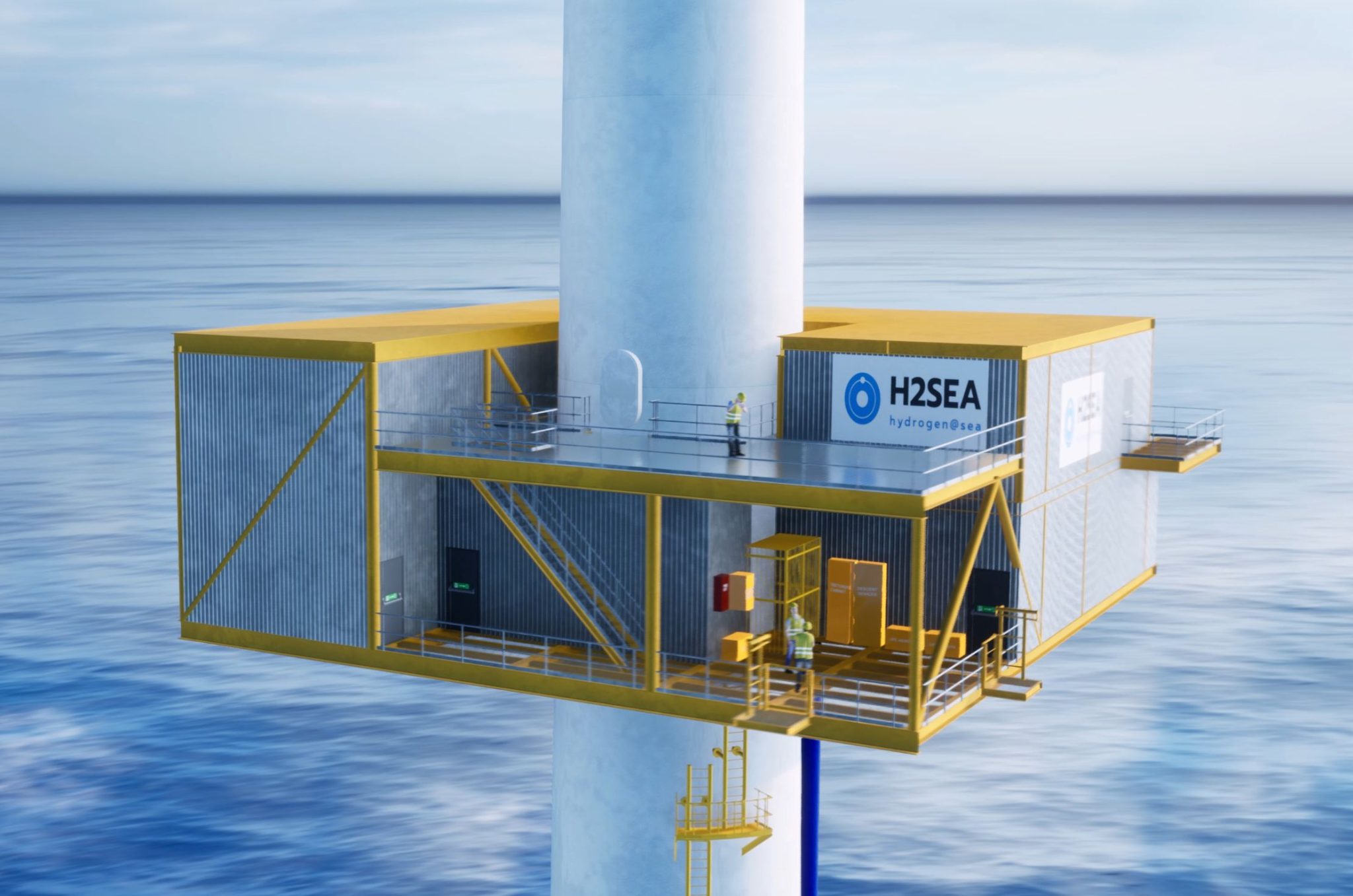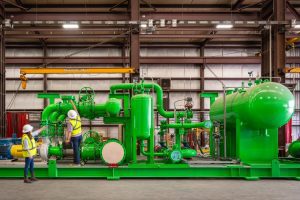The research aimed to define the differences in support structure geometry and assess the changes in the design methodology of an offshore wind turbine support structure, including a decentralized hydrogen production platform. For future developments, a 15 MW reference turbine was selected for a water depth of 45 m in the F3 sector of the North Sea.
To obtain platform mass, dimensions, and rotational inertia, all required systems were selected, listed, and an optimised platform layout and mass estimation were made. For the design of the platform support beams, gravitational loads and extreme wind gust loads were taken into account. The selection of the support structure concept was performed using a multi-criteria analysis.
For fatigue assessment, an analytical fully dynamical model was constructed in Maple. The structure was simulated by the equations of motions, including airy wave force, rotor damping, topside and platform mass and rotational inertia, embedded length, and homogeneous soil stiffness. The Maple model was used to simulate dynamic behavior of both structures, determine the first and second natural frequency, and present displacements and overturning moments in these two mode shapes.
Finally, a fatigue damage calculation including 500 combinations of wave height and period was performed, for a 25-year lifetime.





